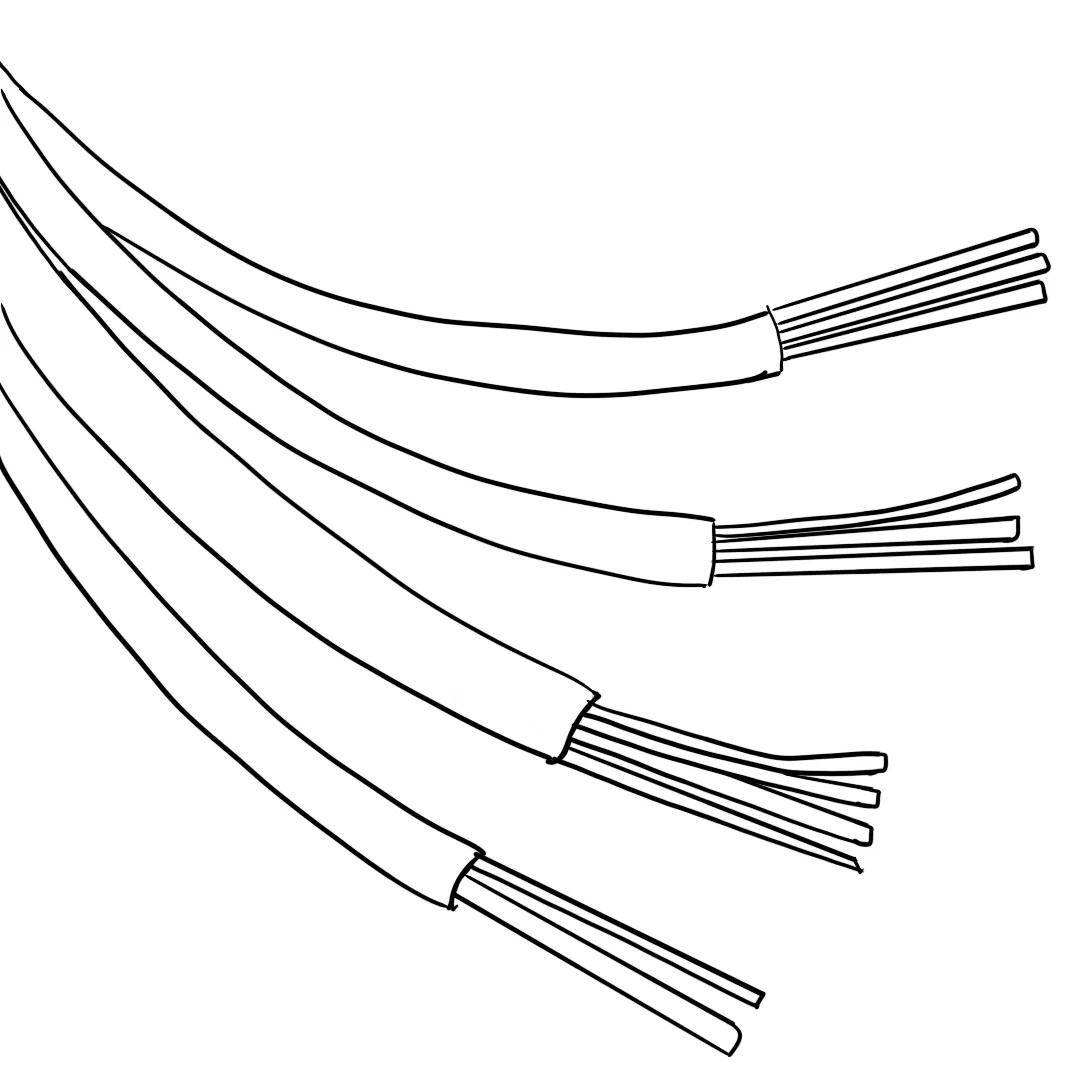Why Cable Derating Matters?

Ever wondered why cables matter in our electrical world? Well, here’s the Fact: cables have a secret safety feature called the “cable derating factor.” It serves as an essential tool, akin to a well-designed mechanism that maintains smooth operations without the risk of overheating. So, what’s this derating factor all about? Imagine it as a kind of safety margin for cables, making sure they don’t get too hot and cause problems. Now, here’s where it gets interesting – not all cables have the same derating factor. It’s not a one-size-fits-all situation.
What is deration?
Derating is a process of lowering the rated capability of an electrical cable, mainly due to heat. Heat builds up as current flows through the wire because of the resistance of the electrical cable. When cables are grouped next to each other, they will be incapable of dissipating heat easily. It can be dangerous when they reach hotter operating temperatures. The resistance of wire per meter, called linear resistance, is not substantial. However, when the length of your electrical cables is long, the resistance accumulates causing a voltage drop.
The following are various factors that induce heating in cables.
1. Joule Heating
When electricity moves through wires electrons are moving back and forth within the wire. These electrons are pulled along by an electric field, but they’re also bumping into the atoms that make up the wire. When an electron bumps into an atom, it transfers some of its kinetic energy to that atom. This results in the atoms heating up and the overall conductor temperature rising. This process is called Joule heating

Joule heating can be described by Joule’s law, i.e. P = I2R, “I” is the Current flowing through the conductor and “R” is the conductor’s internal resistance.
2. Skin Effect
The resistance of a conductor depends on its cross-sectional area; a conductor with a larger area has more room for electrons to move, and therefore a lower resistance for a given length. Skin effect reduces the utilisation of the conductor’s cross section area. At high frequencies, alternating current (AC) does not penetrate deeply into conductors due to eddy currents induced in the material; it tends to flow near the surface. This is called the skin effect. Therefore, in a solid conductor such as a solid-core wire, current tends to flow in a layer or annulus at the surface, and less current flows through the material near the center of the wire. This reduces the effective cross-sectional area of the wire. The lower the area for the current to flow through the higher the resistance of the wire. The higher the frequency of the current, the shallower the depth to which the current penetrates, the more current is “crowded” into an increasingly smaller cross-sectional area near the surface, thus increasing AC resistance. Direct currents (DC) do not suffer from this effect as they have zero frequency.

3. Proximity effect
For example, imagine two wires running parallel next to each other, with the same alternating current flowing in both wires in the same direction. The magnetic field of the adjacent wire will induce longitudinal eddy currents in the wire, which causes the current to be concentrated in a narrow strip on the side adjacent to the other wire. When the current in the wires flow in opposite directions, the currents are concentrated on the side farthest away from the adjacent wire. Both scenarios result in a similar current distribution as the skin effect; the current is crowded into a smaller cross-sectional area of the wire, so the resistance increases and thus the heat the cable generates also increases.
4. Installation method & Ambient Soil Temperature


5. Thermal Resistivity of Soil & Cable insulation
Soil thermal resistivity is given as K.m/Watt it is a measure of how poorly a material conducts heat. It is the inverse of thermal conductivity. Moisture content of the soil affects its thermal resistivity, soil containing more moisture will have lower thermal resistivity as water is a good conductor of heat. On the other hand, dry soil will have higher thermal resistivity. Cables surrounded by soil which has higher thermal resistivity (e.g. porous/well drained/dry) will make it difficult for the cables to dissipate heat, which will result in cables heating up.
The types of cable insulation also play an important role are determining the cable current carrying capacity and its ability to withstand harsh environmental temperatures; a 90°C rated insulation will have a higher current carrying capacity than a 75°C insulation. Therefore, if the installation is exposed to high temperature but a high current carrying capacity must be maintained, it’s ideal to use the higher rated cable insulation so cables do not melt under normal operating conditions.
Due to the above mentioned electrical and environmental factors, it is necessary for us to identify all the factors that before attempting to derate electrical cables and apply the appropriate physical effects such that the cables installed are fit for purpose for the installation.
When we say “deration,” we’re often dealing with factors like 0.7 or 0.8. Don’t be fooled, though – 0.7 is not the same as 0.8, and the difference matters. These numbers are like special rules for cables, telling them how much power they can handle without getting too hot and causing trouble.
